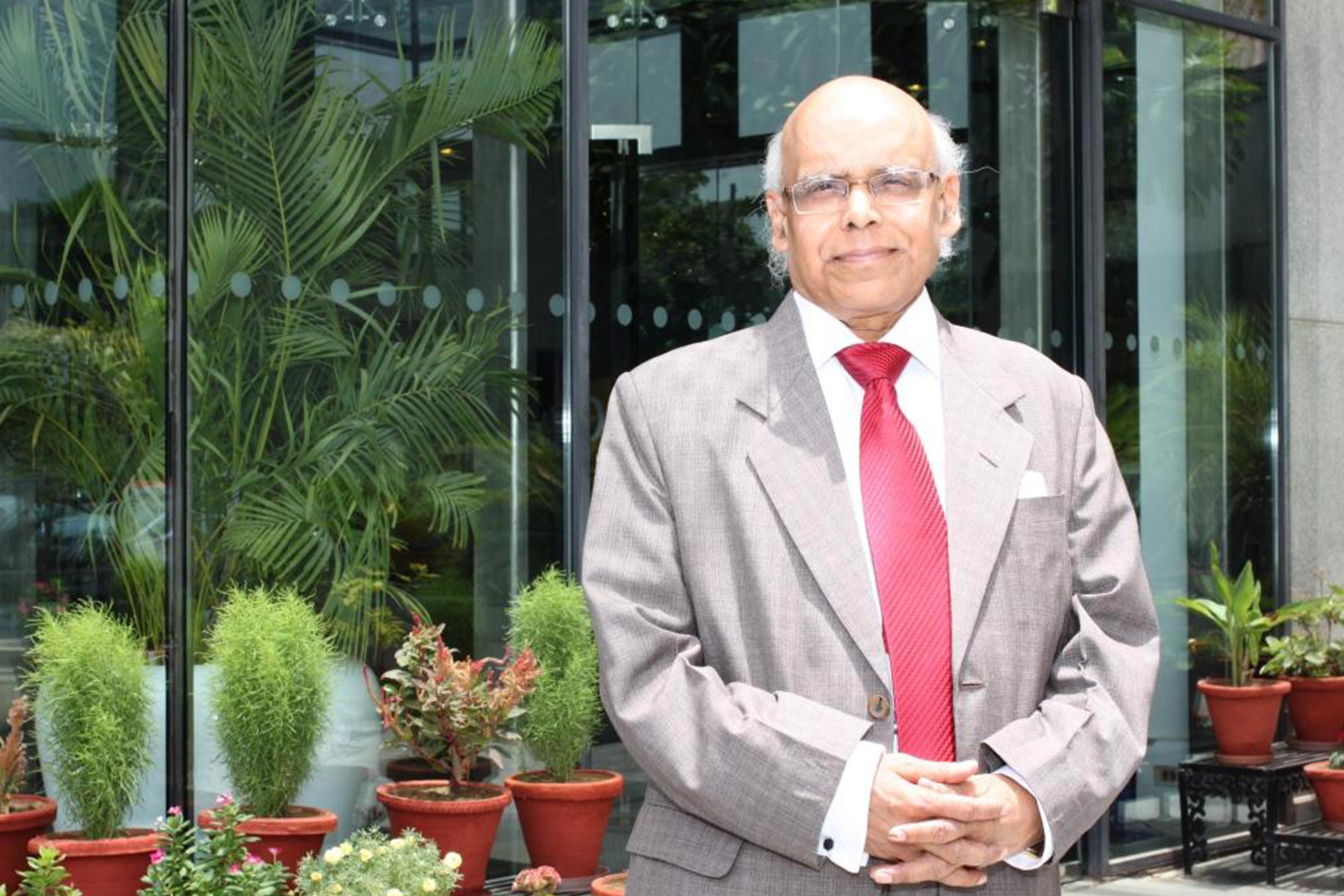EY refers to the global organization, and may refer to one or more, of the member firms of Ernst & Young Global Limited, each of which is a separate legal entity. Ernst & Young Global Limited, a UK company limited by guarantee, does not provide services to clients.
How EY can help
-
Our tax policy professionals can help you stay ahead of potential tax changes, better manage tax risk and understand key tax trends. Find out more.
Read more
FY24 Union Budget: continued emphasis on poverty reduction while restoring fiscal consolidation
With CPI inflation falling to 6.8% in October 2022 and GoI’s gross tax revenues (GTR) growing by 17.6% during 1HFY23, GoI would be well placed to not only achieve the budgeted fiscal deficit target of 6.4% in FY23 but also spell out a credible fiscal consolidation glide path in the FY24 Budget. The FY24 Union Budget may also continue supporting the poor through well-targeted subsidies and income support with policy emphasis on health and education services, along with infrastructure expansion. These would help India effectively eliminate extreme poverty in the next few years while substantially reducing its multidimensional poverty.
For sustaining medium-term growth and attracting global investment, it is also important to indicate a convincing glide path for reducing GoI’s fiscal deficit to its FRBMA (2018) benchmark of 3%. Alongside, GoI’s debt-GDP ratio which had increased from 51% in FY20 to 61% in FY21 can also be reduced by 5-6% points in the FY24 Budget to about 55%. This would imply an effective lowering of the interest payment burden and create fiscal space for the future. The FY24 Budget may target a reduction in the GoI’s fiscal deficit to GDP ratio by at least 1% point from the FY23 (BE). This may be feasible because of high real and nominal GDP growth in FY23 and in the medium-term up to FY28 as indicated by the recent IMF forecasts.
Muralikrishna Bharadwaj (Senior Manager), Tarrung Kapur (Manager), and Ragini Trehan (Senior Manager) also contributed to the article.





